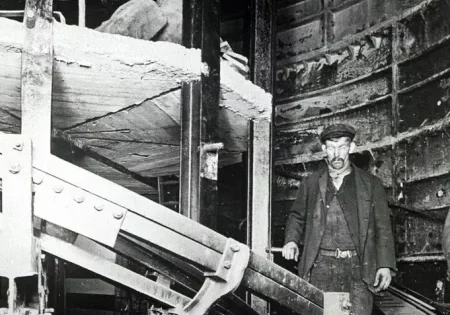For those outside the vertical-transportation (VT) industry, the words “broken elevator cable” strike fear, suggesting nightmares of an elevator car in freefall. But what really happens when a high-rise elevator malfunctions? Rather than lurching to a halt or plunging down the hoistway, the car, and its passengers, are protected by multiple, redundant safety systems. One real-life scenario made headlines in 2018, when various news outlets reported an elevator at the former John Hancock Center in Chicago “plummeted” 84 floors after one of its suspension cables broke. This sensational and misleading verbiage understandably vexed VT professionals. In this incident, the car was traveling down from the 95th floor, and investigators determined that the cable had likely broken around the 20th floor. Rather than “plunging” as news media suggested, the car made a slow, controlled stop between the 12th and 11th floor. No one was injured.
According to the Centers for Disease Control and Prevention, accidents involving elevators and escalators kill around 30 people in the U.S. each year, with half of fatalities involving technicians. Incidents where well-maintained elevator cables snap, rocketing the car upwards or toward a dramatic descent, are practically undocumented in recent years. Contrastingly, the National Safety Council reports more than 12,000 stairway accident deaths each year. Beginning with Elisha Graves Otis’ invention of the elevator safety brake in the 19th century, the VT industry continues to produce innovative safety solutions, including mechanical components, smart controllers and advanced electronics. The industry’s stringent codes and standards for design, construction, maintenance and repairs make taking an elevator one of the safest modes of transportation available.
Get more of Elevator World. Sign up for our free e-newsletter.










